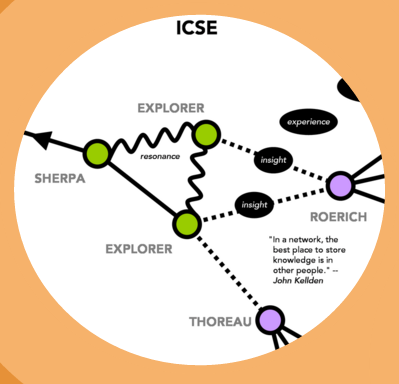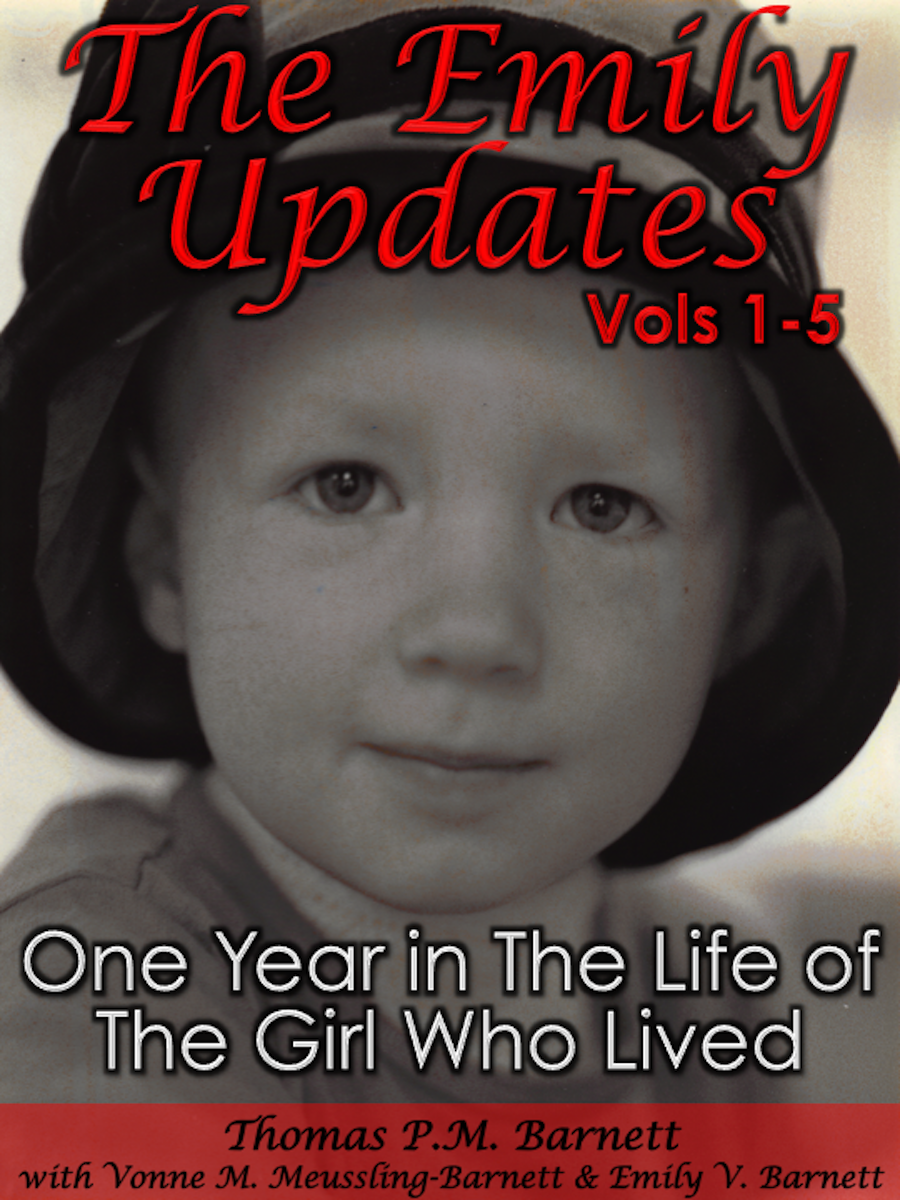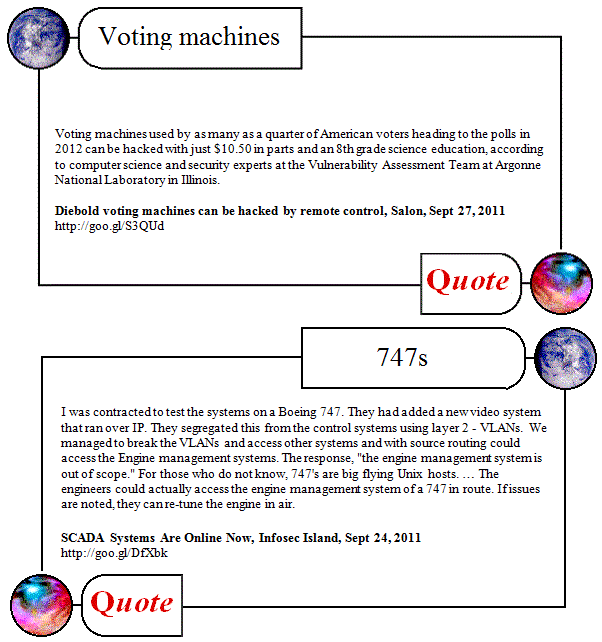Sceenius: Y2K and a universal graphical mapping language
Tuesday, February 9th, 2016[ by Charles Cameron — a mental long-jump, following Sceenius: the macro in micro, Nepal ]
.
It’s a stretch, I know, and whether it will prove a useful leap or not I have no idea — but for the record, this detail from slide 8 of the Sceenius promo caught my eye, offering a graphical continuity between my own HipBone / Semble gameboards and Richard Feynman‘s celebrated particle diagrams:
**
I have this almost Borgesian interest in what kind of map of the world we’d get if we had a universal language of graphs.
When I was working on the potential social implications of the Y2K computer bug — which included the al-Qaida “Millennium Plot” and Albert Ressam‘s attempt to blow up the international terminal at LAX during the millennial roll-over — my friend and colleague Don Beck of the National Values Center / The Spiral Dynamics Group suggested in a private communication:
Y2K is like a lightening bolt: when it strikes and lights up the sky, we will see the contours of our social systems.
As it turned out, the lightning struck and failed to strike, a team from the Mitre Corporation produced a voluminous report on what the material and social connectivity of the world boded in case of significant Y2K computer failures, we did indeed get our first major glimpse of the world weave, and thankfully, very little of that weave was broken as the new millennium dawned.
But as Thomas Barnett put it in his first book, The Pentagon’s New Map:
Whether Y2K turned out to be nothing or a complete disaster was less important, research-wise, than the thinking we pursued as we tried to imagine -– in advance -– what a terrible shock to the system would do to the United States and the world in this day and age.
Viewing the world as an integral, interconnected whole, illuminated by our various preparations for whatever eventualities might arise, stuck with me. And my take-away was the idea of a world-map that represented as widely and richly as possible the tugs and tensions, the causalities and probabilities, the chains of command and channels of distribution that are present in our world — a pragmatist’s equivalent, if you like, to the Buddhist Net of Indra.
**
Our mandate [at The Arlington Institute] was to understand potential social fall-out of the Y2K computer event and related millennial events. Essentially, this was a dry run for failures in the intricately cross-connected world we now inhabit, and even thought Y2K was a “non-event” in terms of computer disruptions, it was an education for those of us who tracked it.
In that spirit, a few years ago, I wrote:
The world is woven of many different processes: causality and synchrony perhaps each play a role in determining the moment, qualitative and quantitaive, head and heart concerns all have their role, fear and hope impact stock prices, movement (e-motion) in the inner world triggering movement (motion) in the the outer, rumors of wars becoming blacks ops in the wars they mimic, with the Cartesian mind / matter barrier no less than the barriers between our disciplines falling… and in all this shuttling to and fro of the looms of the Moirae, humans find themselves making models and diagrams to understand and explain…
My point is that that our systems diagrams, flow charts, maps, conceptual networks, semantic graphs, HipBone Games and so forth are not isolated entities but family members, and that at some point we may wish or need to be able to link one of the diagram types above with others into a master-diagram, for which we currently lack a graphical language. [ … ]
I think we should at the very least be thinking about how these various diagrams intersect, overlap and breed offspring after their own kind..
**
This project — an actual world-map of this kind — is hopelessly utopian, impossible, needed, encyclopedic like Wikipedia, a secular bead game in its own right, and in general probably best left as a Hilbert-like challenge for future generations to gnaw at..
Next post: a few examples of examples of graph-types that should be included.










